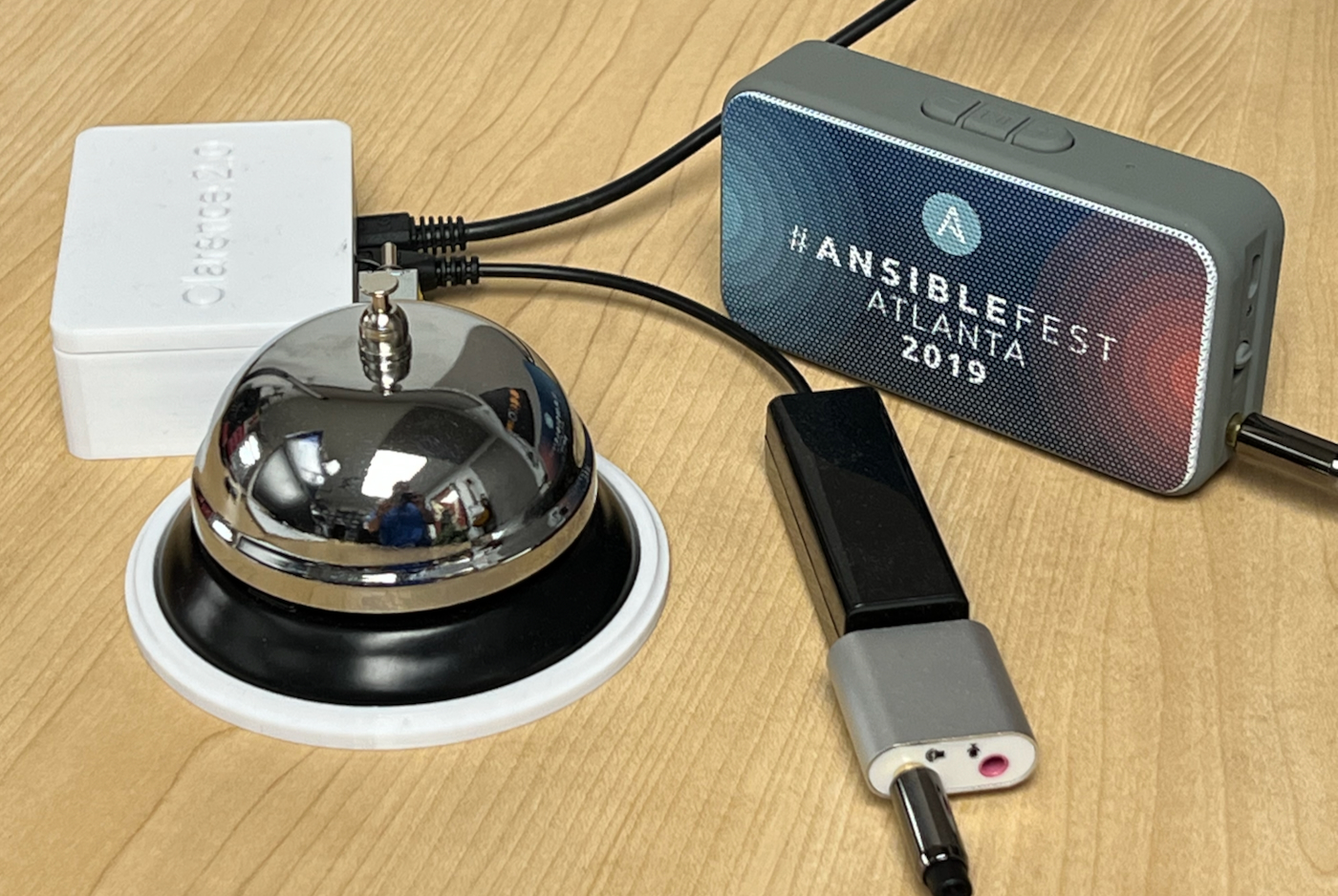Installing Ansible on a RISC-V computer
Ansible runs on Python, and Python runs on... well pretty much everything. Including newer RISC-V machines.
But Ansible has a lot of dependencies, and some of these dependencies have caused frustration from time to time on x86 and Arm (so having issues with a dependency is just a way of life when you enter dependency hell)... but in this case, for the past few months, I've never had luck installing Ansible from PyPI (Python's Package Index) on any RISC-V system, using pip install ansible.
I prefer installing this way (rather than compiling from source or from system packages) because it generally gets the latest version of Ansible, with an easy upgrade/downgrade path. It's also easy to add ansible to a Python requirements.txt file and install it alongside other package dependencies.
Regardless, the cryptography library, which requires a Rust compiler to build if the package is not already built for a particular system, has made it difficult to install Ansible from pip:




